Israel says the attack was thwarted, but a cybersecurity firm says it was successful. Some officials fear that classified data stolen by North Korea could be shared with Iran.
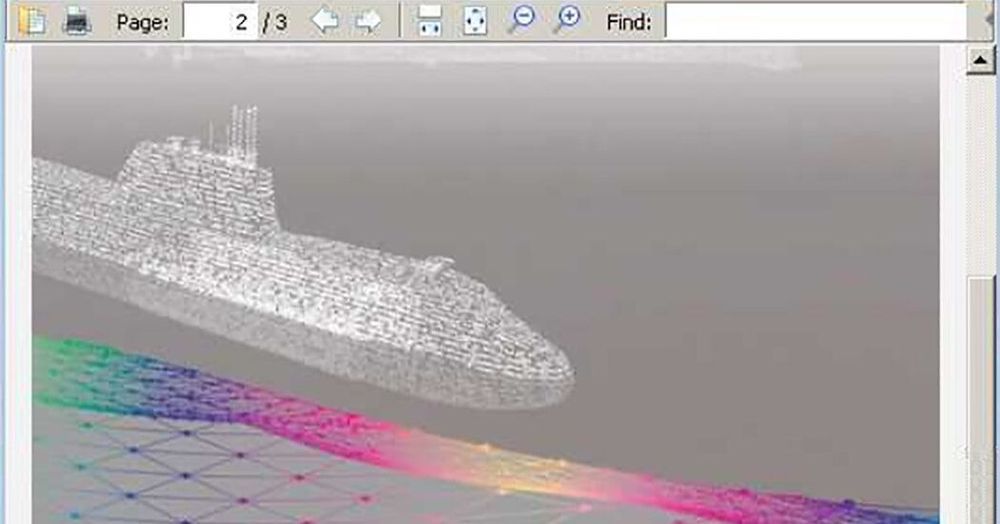

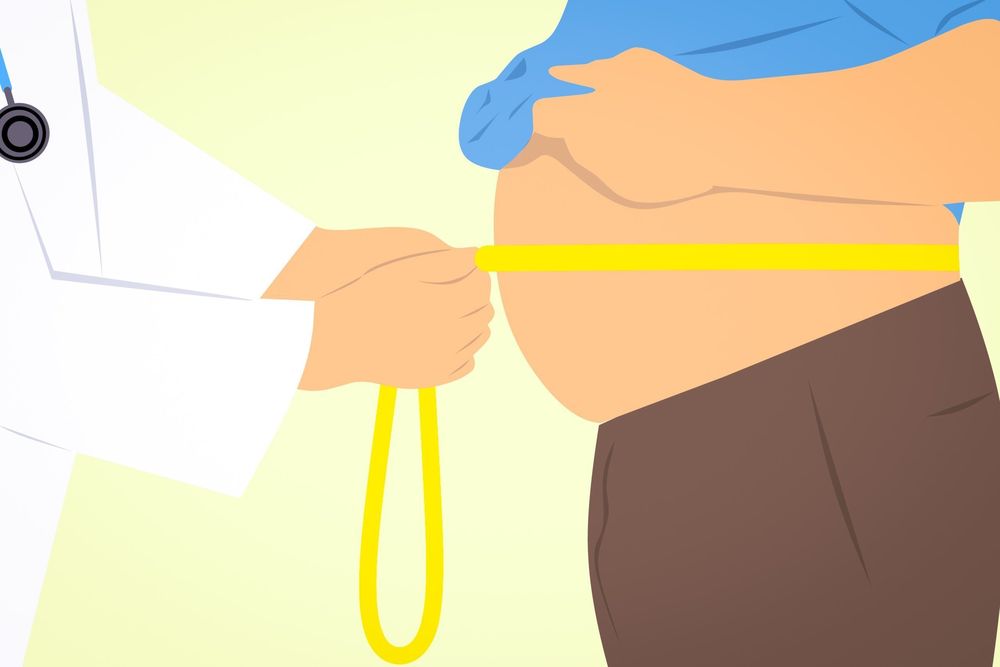
COSTA MESA, Calif. – Health experts say around half of American adults are overweight or obese. While excessive body weight is linked to a number of serious health conditions, including diabetes and heart disease, a new study reveals it can also reduce blood flow to the brain. Researchers warn this can put overweight individuals at great risk for Alzheimer’s disease.
The study examines brain blood flow in 17,721 adults between 18 and 94. To do this, researchers use a brain imaging technique known as single photon emission computed tomography (SPECT).
SPECT is a technique in which doctors inject a radioactive tracer into a patient’s blood and then use a special camera to look at the flow of blood. Participants were then split into five categories: underweight, normal weight, overweight, obese, and morbidly obese — to examine blood flow in each of their brains. The brain scan data reveals lower blood flow across virtually all brain regions as body weight increases.

Tesla’s highly-anticipated Battery Day is still several weeks away, but CEO Elon Musk appears to have started posting cryptic teasers about some of the innovations that would be introduced at the event. Based on a recent post on Twitter, it appears that Tesla’s Plaid Model S, and perhaps even the Plaid Model X, may be unveiled at Battery Day.
Ever the internet’s resident meme lord, Elon Musk recently posted a photo of Herbert Ruggles Tarlek, Jr., a character on the television situation comedy WKRP in Cincinnati, which ran from 1978 to 1982. The character was noted for his loud plaid suits, which were usually dominated by bold colors and patterns. Musk’s tweet noted that “One day soon, I will wear this outfit.”
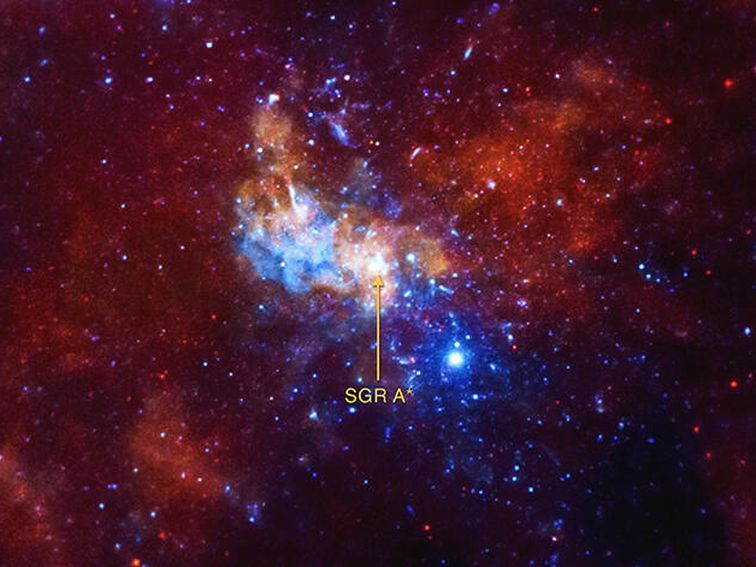
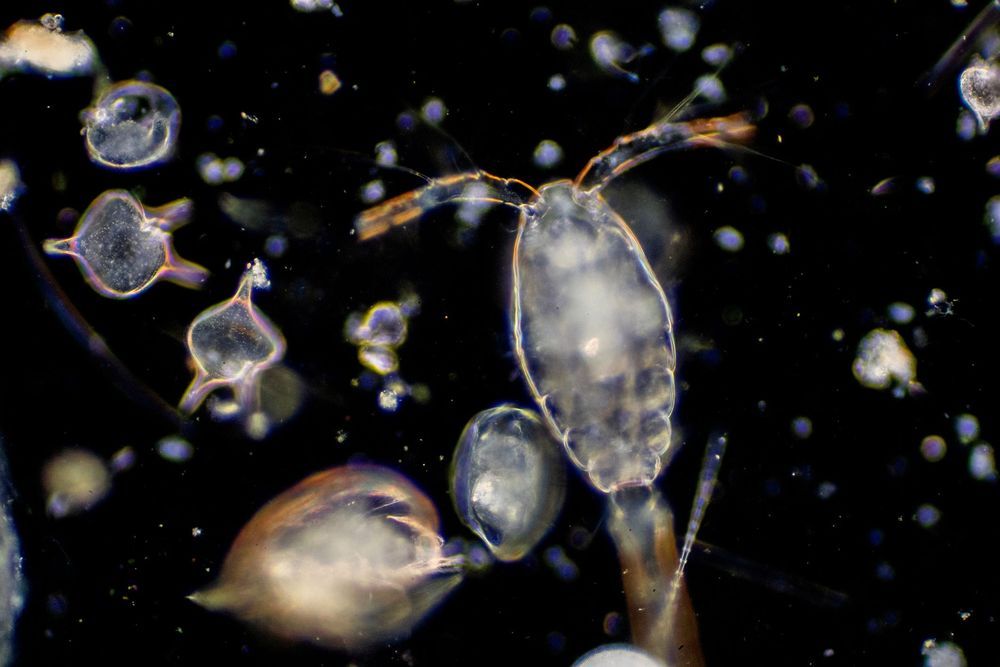
While satellite imaging lets researchers observe the outer life of plankton populations, the complex genetics in microscopic marine life have made looking inward more challenging. According to a new study published in Nature Methods, researchers from the University of East Anglia were able to deliver and express foreign DNA in 13 species that have never before transformed. They were also able to evaluate the potential cause of non-transformation in 17 other species; in turn, laying the foundation for an expanded understanding of genomes discovered in plankton.
The sheer variety of plankton potential — from antibacterial compounds to antiviral and antifungal solutions — makes this a worthwhile endeavor. If scientists can create reliable methods to modify phytoplankton, it should be possible to reduce their toxic impact, better control their bloom cycle and even increase the photosynthetic output — all critical in the fight to keep our oceans blue and our terra firma green.
As noted by Science Magainze, the international research team used a variety of methods to modify plankton DNA. For some species, shooting tiny gold or tungsten particles covered with DNA through cell walls produced the best result. For others, jolts of electricity made cell walls “leaky” and allowed new DNA to seep through. Specific protist successes included modification of a fish-killing toxic plankton species, and one that infects both mollusks and amphibians. While these discoveries don’t present a complete understanding of the genetics in microscopic marine life, they provide a key testing protocol: By modifying genetic structure and then observing how plankton react, teams could uncover ways to boost antibiotic resistance or lower infectious impact. According to lead UK study author Thomas Mock, “These insights will improve our understanding about their role in the oceans, and they are invaluable for biotechnological applications such as building factories for biofuel or the production of bioactive compounds.”
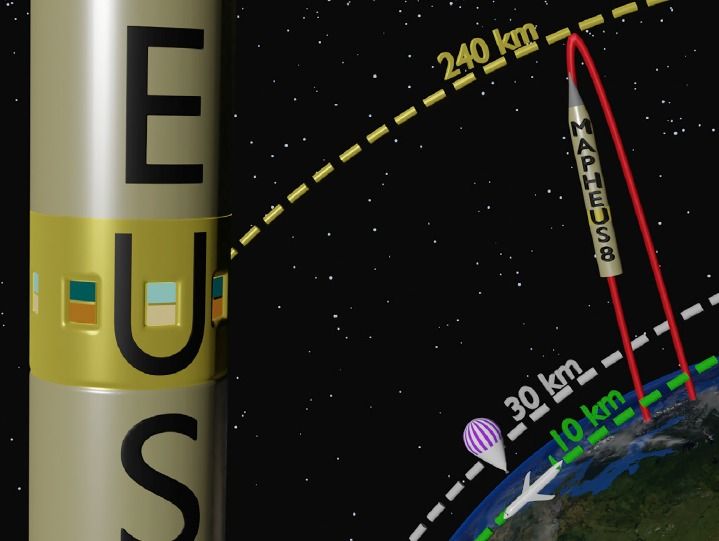
Crews are in position to capture this memorable event near Pensacola. The splashdown is scheduled around 1:40 PM.
More information: https://bit.ly/3glajLa
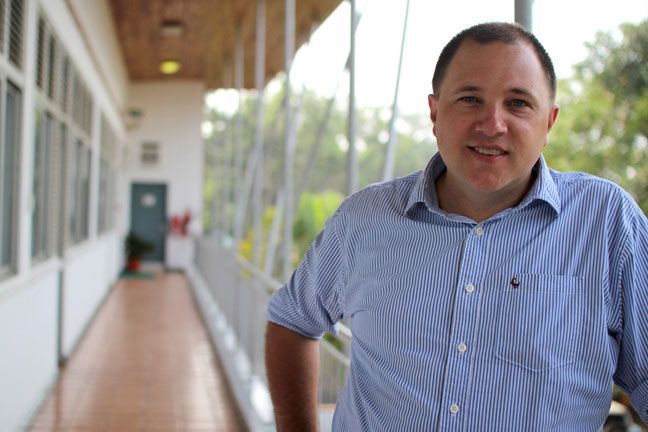
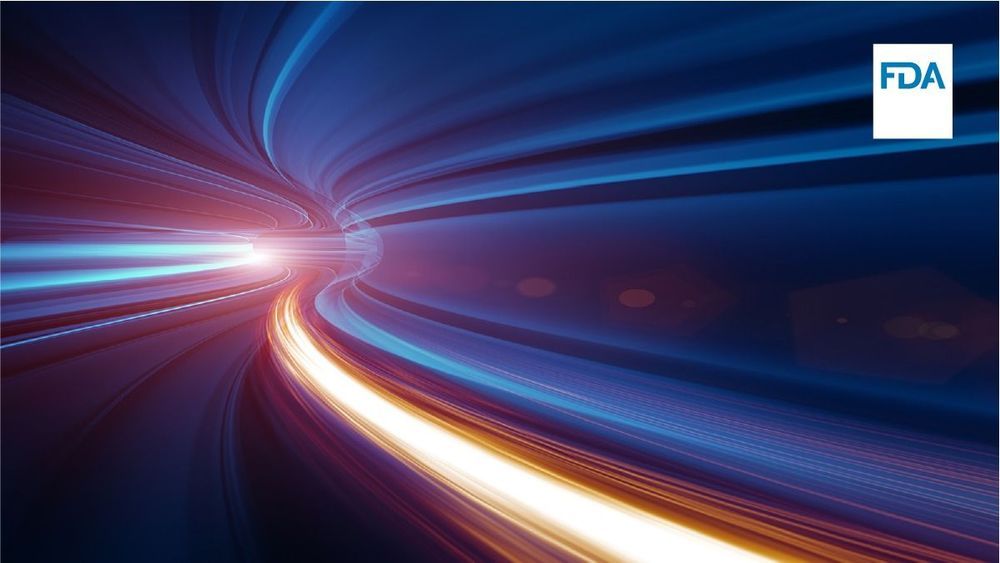
What is CTAP?
FDA has created a special emergency program for possible coronavirus therapies, the Coronavirus Treatment Acceleration Program (CTAP)
.
The program uses every available method to move new treatments to patients as quickly as possible, while at the same time finding out whether they are helpful or harmful.

Energy solutions company Hanwha Energy has completed its $212m hydrogen fuel cell power plant, located at the Daesan Industrial Complex in Seosan, South Korea.
Built by Hanwha Engineering & Construction, the plant is thought to be the largest industrial hydrogen fuel cell power plant globally, and the first to only use hydrogen recycled from petrochemical manufacturing.
The recycled hydrogen is supplied by the Hanwha Total Petrochemical plant located within the same Daesan Industrial Complex. Hanwha Total Petrochemical pumps the recycled hydrogen into the new power plant via underground pipes and feeds it directly into the fuel cells.